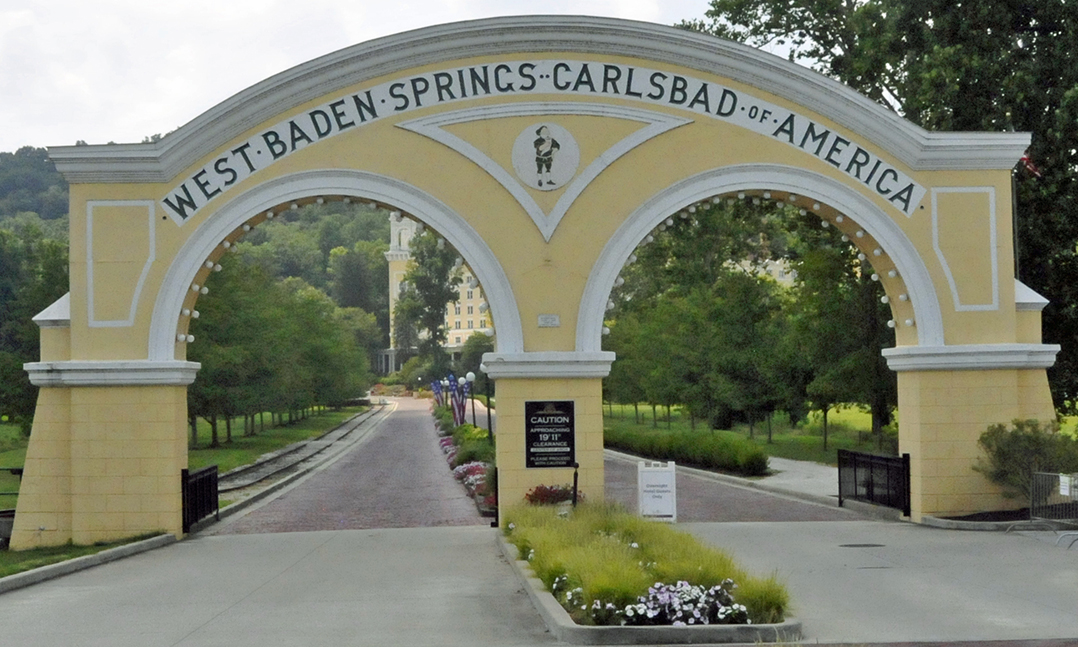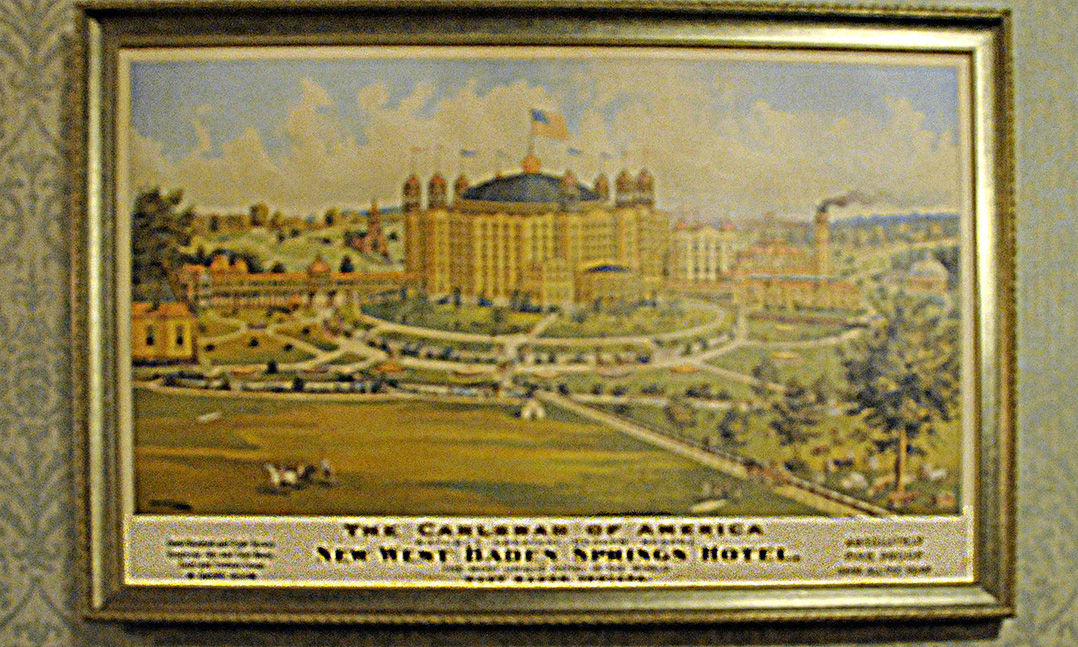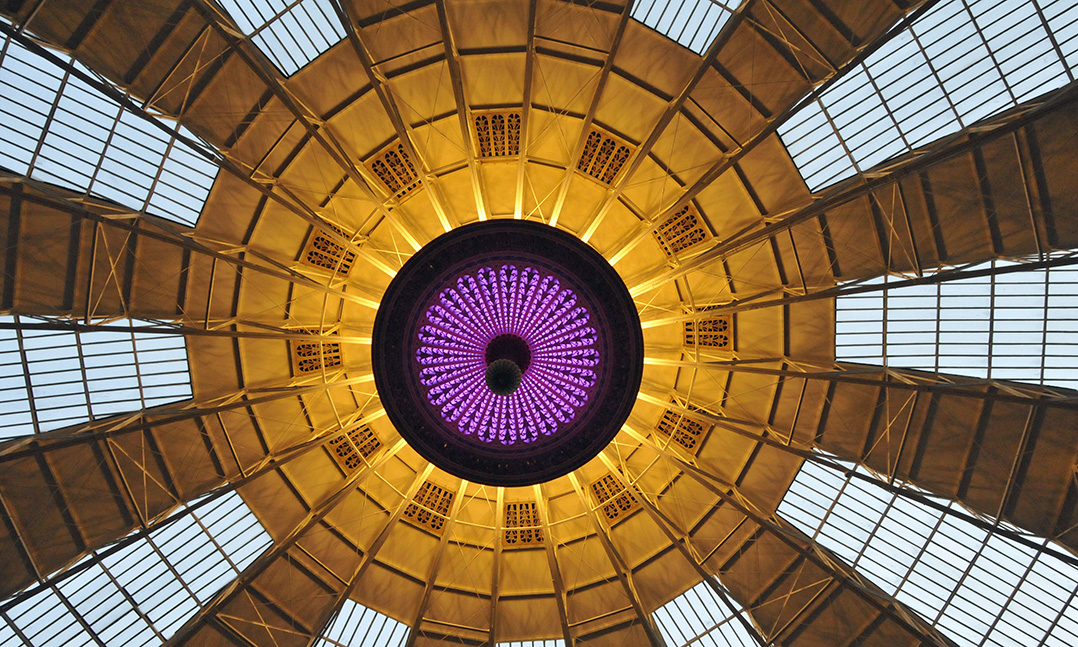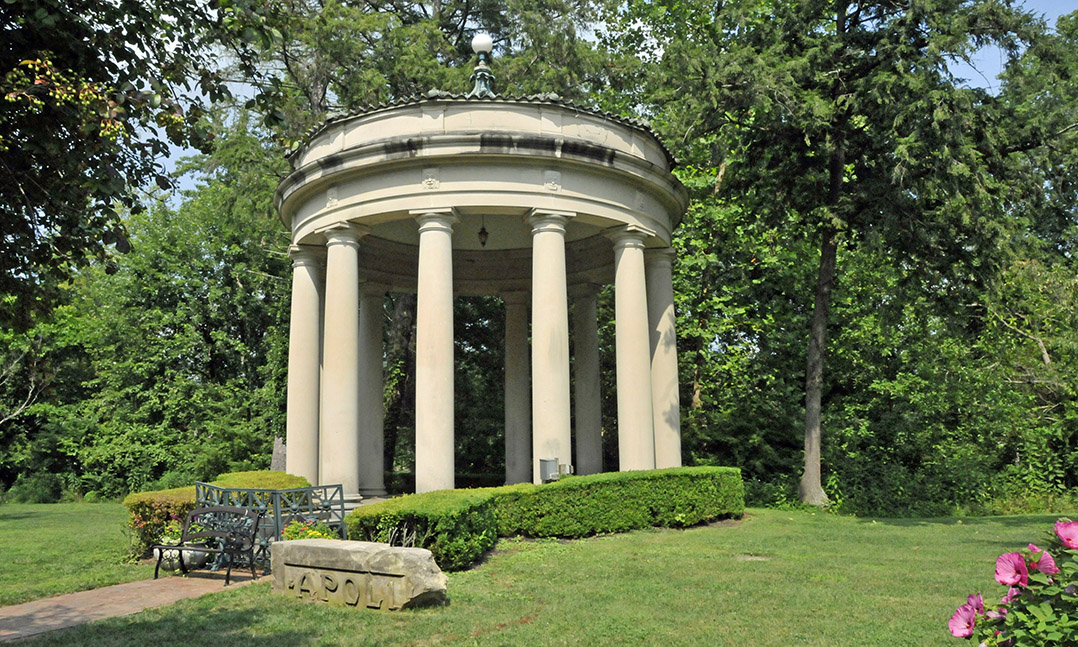This is my second column about French Lick and West Baden Springs, southern Indiana towns once world-famous for their waters.
In 1851, John Lane, a patent-medicine salesman, purchased the marshy northern half of the land on which William Bowles established his French Lick Springs Hotel. Lane built a competing hotel on the property, named West Baden after Wiesbaden, a German spa town. Aping Bowles’ supposedly curative “Pluto Water,” Lane, hawked “Sprudel Water” from four mineral springs, one named “Apollo.” After the Monon Railroad laid tracks to the area, Lee Sinclair purchased the site and added an opera house, a casino, a pony track and other amenities, calling it the “Carlsbad of America” after a Czech spa town. Well-heeled visitors came from across the nation. Major League Baseball teams found the sophisticated resort perfect for spring training.
In June 1901, a fire destroyed Sinclair’s hotel. When Thomas Taggart, who owned the rival French Lick Springs Hotel, refused to purchase Sinclair’s property, Sinclair engaged Harrison Albright, a West Virginia architect, to design a circular hotel unlike any in the world. In October 1901, 500 men began working six days a week. When the new West Baden Springs Hotel, costing $414,000 ($13 million today), opened in September 1902, reporters called its 200-foot self-supporting glass dome, then the world’s largest, the “Eighth Wonder of the World.” About 500 lavishly appointed rooms on six floors faced a 130-foot-high atrium, including palm trees and a fireplace for 14-foot logs. The exterior featured Moorish towers. The fastidiously landscaped grounds encompassed a natatorium and two golf courses.
After hosting the notable and notorious during the Roaring Twenties, the West Baden Springs Hotel closed in 1932, subsequently housing a Jesuit seminary. Next week’s column will describe the extraordinary restorations of the hotels in French Lick and West Baden Springs to their former glories.






